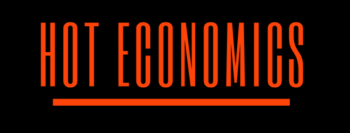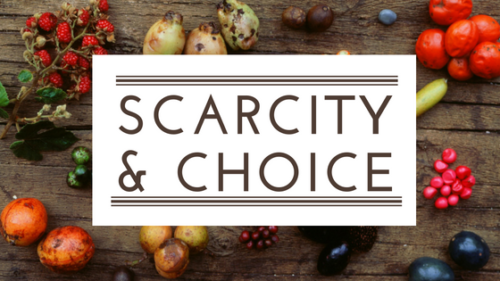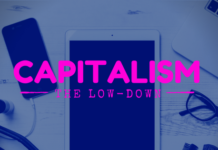Scarcity & Choice
Happy New Year!
After what seemed like a global aversion to 2016, filled with unexpected news (that’s obvious enough…yes?), much heartache, and postponed plans, we have finally welcomed a new year!
Now, if you’re like most of the developing world, you are SO. FREAKING. READY to kickass in the new year! And for many comes the all too cyclical, January weight loss plans! I jumped off this train many moons ago, but it’s a great example of ‘scarcity and choice’.
So here’s the scene:
You awake, well rested and filled with an inner glow that only the promise of a fresh start can bring. Your alarm chimes (annoyingly, if you’re being honest) and you begin thinking about your plans for the day. “First thing’s first: gym time!” Thinking back on a successful few weeks (or days or however long), you begin second guessing your planned schedule and decide that sleeping in, just today,is well deserved and no big deal. Scarcity & Choice .
A pretty familiar conundrum for most people, new year or not. In this example, of sleep or exercise, you have a limited resource. Time. You can use your time to EITHER 1) sleep more OR 2) exercise. You can’t do both (we’re making some assumptions about the rest of your busy day). If you choose sleep, you are effectively giving up exercising. If you choose exercising, you are effectively giving up on those extra few Zzzzssss. Choosing one option comes at the cost of forgoing the other. A concept known as Opportunity Cost.Scarcity & Choice.
Opportunity Cost
 Choose one option (whether that’s the gym, producing a good or service, or whatever the decision point) automatically eliminates something else. What do you want to do this weekend? If you spend the whole day staying in (cleaning, working, what have you), you’re going to give up on spending time with friends. If you spend the day catching up on work, you miss out on more social possibilities. You get the picture. Opportunity cost is what you must forgo in order to choose something else (i.e. the value of the foregone activity). Buy a standard car or get the souped up one with all the extra features? Study/work for another hour or go meet a friend for coffee? In any case, people generally weigh the (perceived) costs against the (perceived) benefit.
Choose one option (whether that’s the gym, producing a good or service, or whatever the decision point) automatically eliminates something else. What do you want to do this weekend? If you spend the whole day staying in (cleaning, working, what have you), you’re going to give up on spending time with friends. If you spend the day catching up on work, you miss out on more social possibilities. You get the picture. Opportunity cost is what you must forgo in order to choose something else (i.e. the value of the foregone activity). Buy a standard car or get the souped up one with all the extra features? Study/work for another hour or go meet a friend for coffee? In any case, people generally weigh the (perceived) costs against the (perceived) benefit.Cost-Benefit Analysis
Each day, we engage in some means (sometimes our own quirky variety) of making decisions. From the mundane (ever heard of decision fatigue??) to the serious, a new day brings a plethora of new options to navigate. Sure, for some decisions, the answer is rather obvious or even required; but for other decisions, the best option might not be so apparent. Typically, when engaging in this process, we compare the value of each option to the cost of each option (i.e. “Ok, if I get out of bed know, I know the gym is going to make me feel like a million bucks but UGH! I’ll have to give up any more sleep…what to do, what to do…”)
I bet you’re beginning to see the real-world (i.e. capitalistic) application of this concept. Businesses use their limited resources to make goods (let’s eliminate services for now). Since those limited resources (i.e. inputs: lumber, metal, staff/employees, etc.) are being used to produce one good, they can’t be used to produce something else. On the consumer side, people decide which products to buy and which to forgo with their limited resources (i.e. money!).

I hope you consider how your everyday decisions can be framed through the (super fun) lens of economics!







The answer is always- CAMPING! Or should say, glamping.